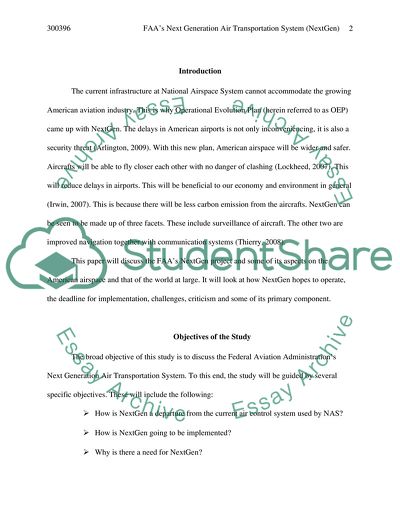Cite this document
(FAAs Next Generation Air Transportation System Research Paper, n.d.)
FAAs Next Generation Air Transportation System Research Paper. Retrieved from https://studentshare.org/technology/1724300-extremely-urgent-business-information-systems-the-faas-next-generation-air-transportation-system-nextgen
FAAs Next Generation Air Transportation System Research Paper. Retrieved from https://studentshare.org/technology/1724300-extremely-urgent-business-information-systems-the-faas-next-generation-air-transportation-system-nextgen
(FAAs Next Generation Air Transportation System Research Paper)
FAAs Next Generation Air Transportation System Research Paper. https://studentshare.org/technology/1724300-extremely-urgent-business-information-systems-the-faas-next-generation-air-transportation-system-nextgen.
FAAs Next Generation Air Transportation System Research Paper. https://studentshare.org/technology/1724300-extremely-urgent-business-information-systems-the-faas-next-generation-air-transportation-system-nextgen.
“FAAs Next Generation Air Transportation System Research Paper”, n.d. https://studentshare.org/technology/1724300-extremely-urgent-business-information-systems-the-faas-next-generation-air-transportation-system-nextgen.


